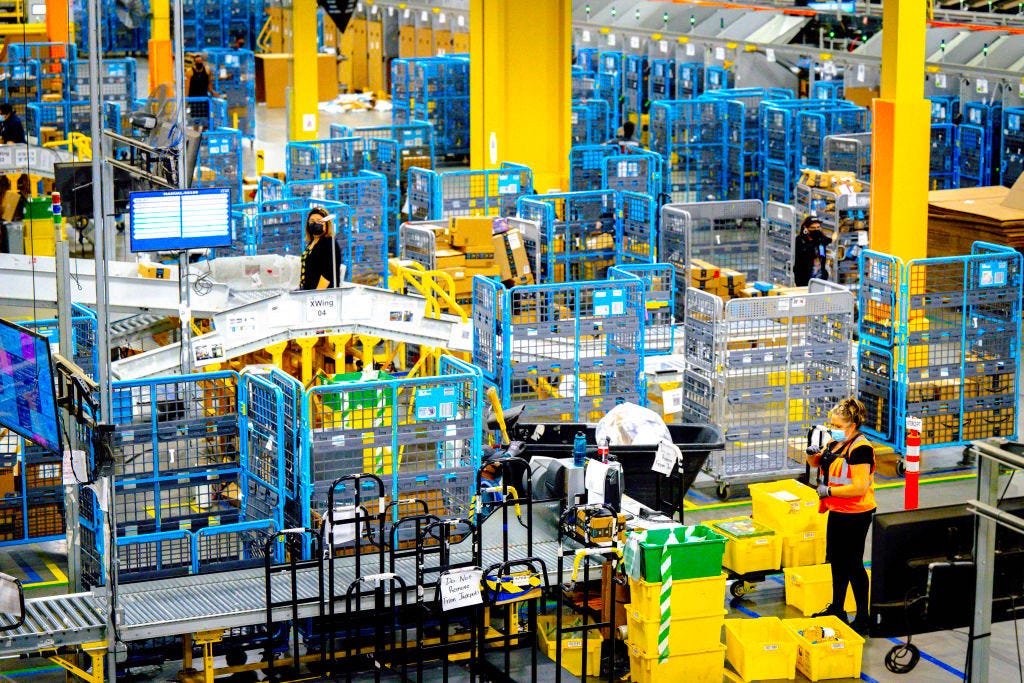A booming outlier in the pandemic economy 💥
Also, a look at last week and next week 🔭

On Friday, we learned U.S. employers added 199,000 jobs in December, bringing total employment to 148.95 million.
And while employment in aggregate remained below its pre-pandemic level of 152.52 million jobs in February 2020, some parts of t…


